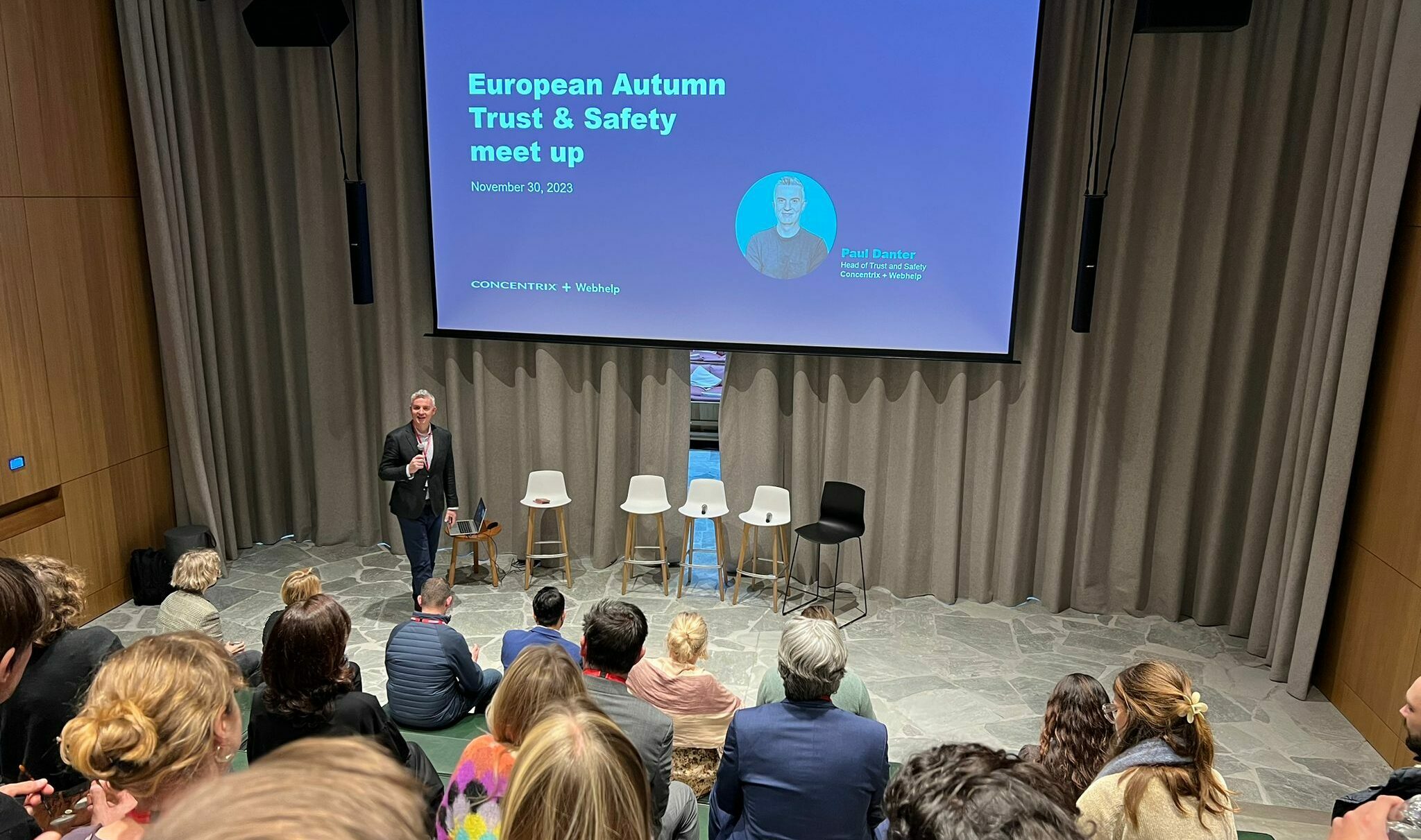SHARE
Emma Bouché, Head of Healthcare for Webhelp UK, looks at how the seismic impact of COVID-19 has accelerated a culture of innovation within UK Healthcare, and predicts some of the key areas that will be on the sector’s agenda in 2022.
Healthcare investment is soaring through ever greater innovation
In September 2021, the UK government announced plans to add an average of £12 billion per year for health and social care over the next 3 years. On another front, venture capitalist investment into digital health saw an almost 300% rise between 2017 and 2020. As a result, the flow of innovation shows no signs of slowing, and is in fact accelerating. Finding efficient go to market strategies and leveraging next generation commercial models is key to driving innovation adoption.
Virtual healthcare models are evolving at pace, moving from purely “virtual urgent care” to a range of services enabling longitudinal virtual care, integration of telehealth with other virtual health solutions, and hybrid virtual/in-person care models. All have the potential to improve patient experience, convenience, access, outcomes, and affordability.

The challenge for healthcare professionals in 2022, is simply to keep up – adapting the new innovations and technologies to local demands, and paying attention to human issues as well as technical will prove the difference between success and failure.
A COVID-driven wakeup call for Medtech providers
Whilst a few pioneers had started to experiment with next-generation commercial model design pre-COVID, the challenge to connect remotely with customers during the crisis has completely changed the game.

Medtech providers are now working hard to design a next-generation commercial model that capitalizes on digital and omnichannel interactions. The shift to omnichannel sales is a strong lever for value creation for Medtech companies. According to a BCG 2021 Medtech survey measured over a 10 year period, the commercial productivity of remote sales reps can be double or even triple that of traditional field reps when embedded in a well-oiled, omnichannel model.
Customer loyalty also has a huge impact on longer-term profitability. It is essential that the day-to-day customer process is well oiled between marketing, sales, and customer management. A successful end-to-end customer journey relies on an agile, use-case-oriented design approach, leveraging an omnichannel sales force with performance-enhancing technologies, and a focus on customer success as well as sales.
Care pathways are being re-designed to optimise capacity and provide care closer to home
Part of this re-examination involves assessing the effectiveness of existing care pathways, as we shift from an illness-based, provider-led system towards one that is patient-led, preventative in focus and offers care closer to home.
In 2021, the NHS introduced virtual wards and remote monitoring at 92 sites across England, to allow for safe hospital discharge of COVID patients. Although initially designed purely for this purpose, these virtual wards began to be successfully implemented to ease pressure on NHS staff, allowing for remote care for many patients from the safety of their own homes.

The anticipated logical progression of this in 2022, is to expand the roles of the non-medical professional workforce to help manage the growing burden of chronic disease more efficiently and effectively, with technology innovations allowing patients to play a greater role in their own care.
This won’t be a smooth transition, however. Healthcare organisations intent on driving this change in 2022 will need to consider multiple factors, including role design, change management, and appropriate technology. Most of all, they will need to ensure the end user, the patient, is at the centre of every decision.

![[Fashion] Choosing the right partners to grow your business in 2024, at a time when trust is fragile](https://media.webhelp.com/wp-content/uploads/2023/12/21090253/Office-Showcase-2.png)


